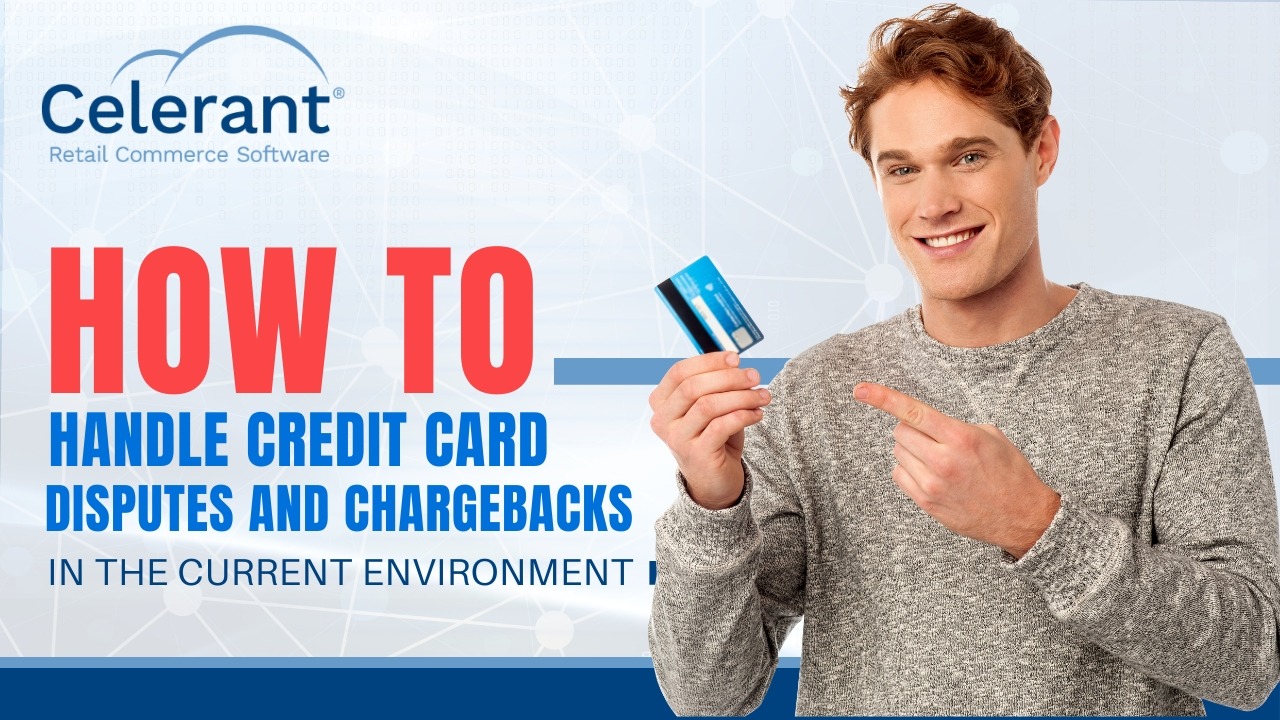Blog
How to Handle Credit Card Disputes and Chargebacks in the Current Environment
June 5, 2020 / 4 minute read / By Michele Salerno

Blog

As a leader in integrated payment solutions, Global Payments Integrated wanted to provide insight on handling credit card disputes and chargebacks– and more importantly, how to AVOID them when possible.
A credit card chargeback happens when a customer disputes a charge from your business, and asks the card issuer to reverse it. Since the start of the COVID-19 pandemic, we’re seeing a significant higher of consumer charge back and disputes. So why is this happening? Consumers are simply trying to save money, or haven’t received the products/services they purchased; there’s also an increase in transactions where the card was not present, among other situations.
The best defense against a chargeback is to avoid it to begin with. Here are some tips to prevent credit card chargebacks and disputes:
Although sometimes unavoidable, chargebacks can be significantly reduced by following these basic tips and maintaining strict compliance with card processing rules and requirements.
Our goal is to help businesses see these issues before they happen – which both avoids these situations, as well as allowing you to maintain better relationships with your customers. We are here to help your retail business reopen and bounce back to a ‘new normal’ as quickly as possible. The best way to handle disputes is to prevent credit card chargebacks in the first place.
Click below to learn more about Celerant’s retail software and/or integration with Global Payments Integrated, or reach out to Global Payments directly at 800-774-6462 or customerservice@openedgepay.com